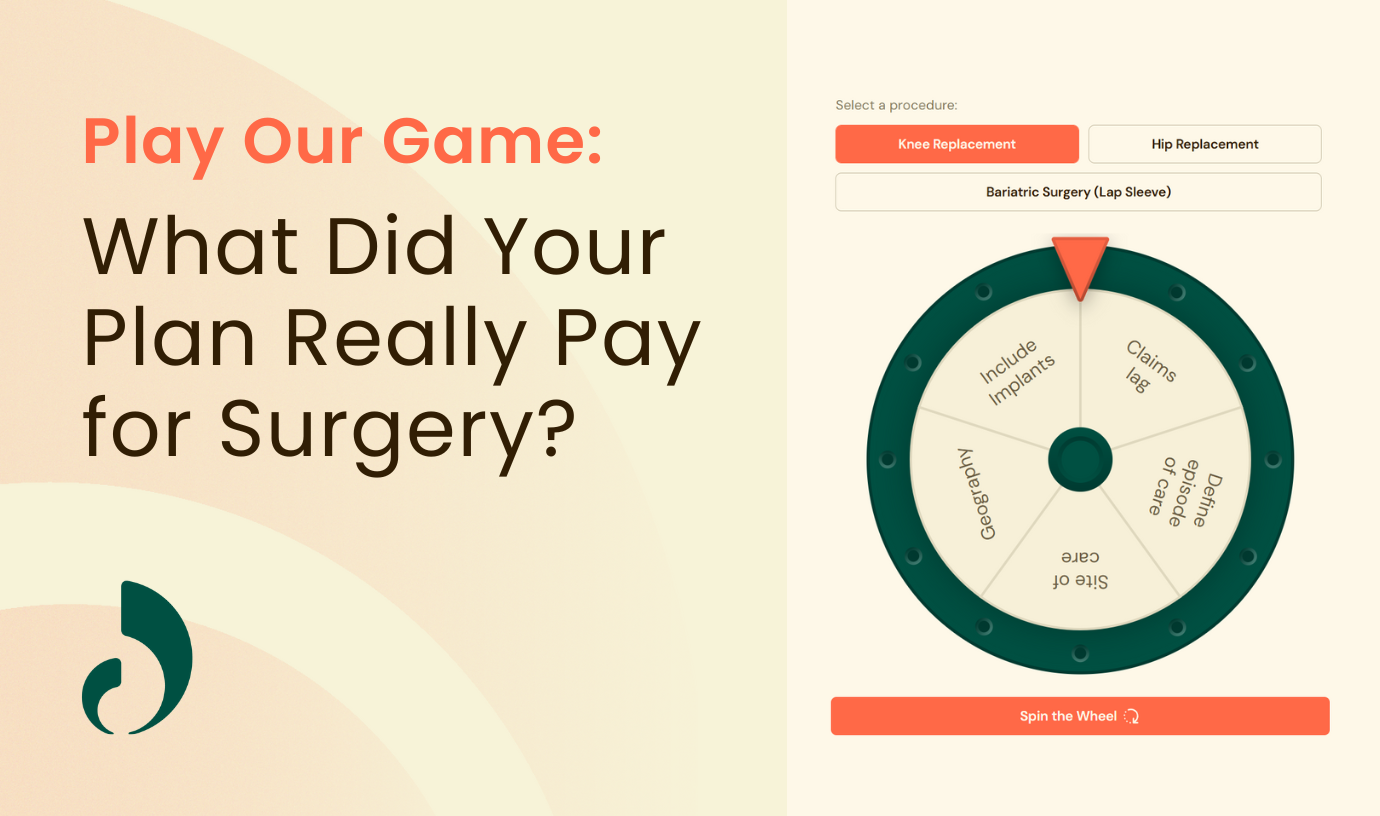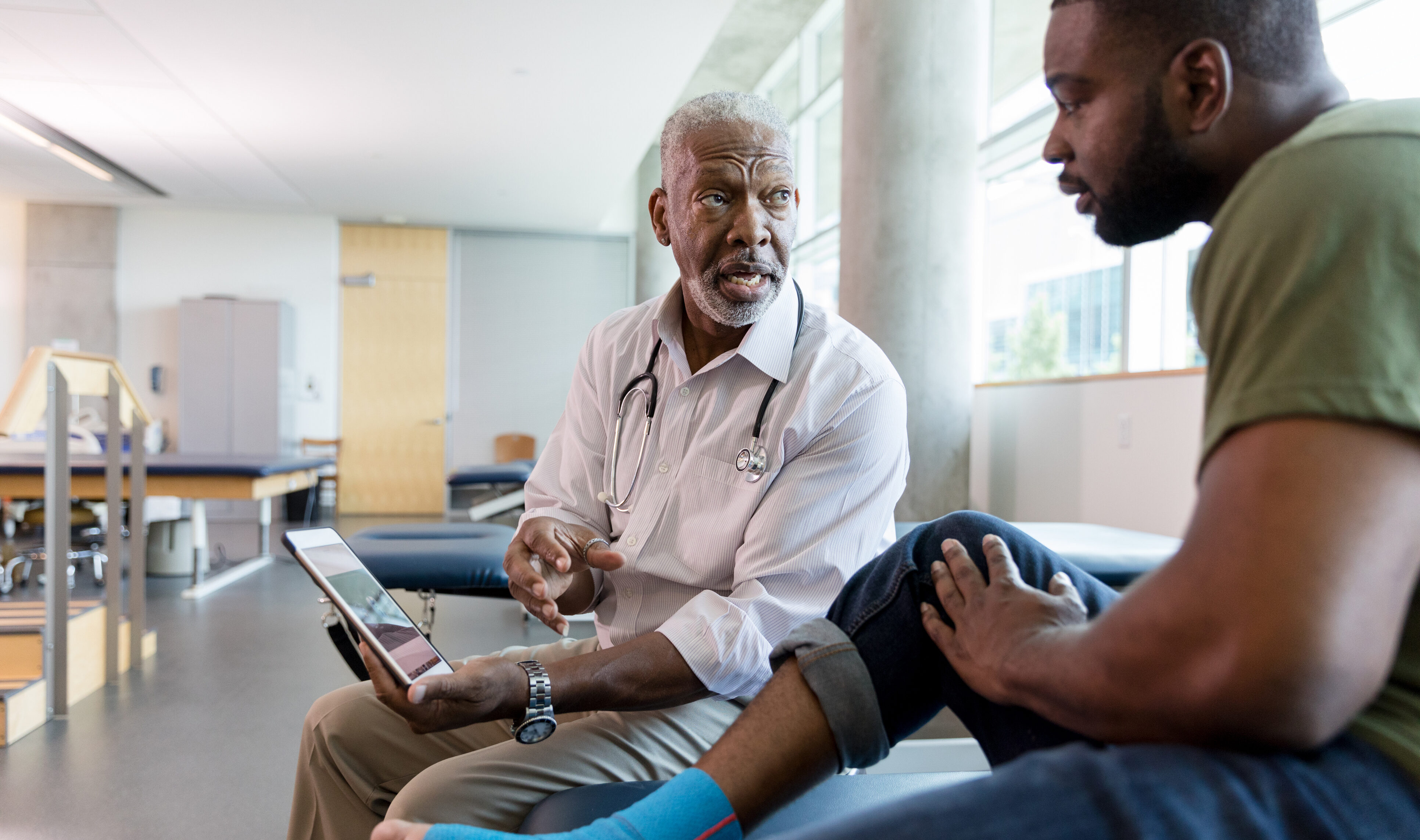Back in 2016, a diversified energy manufacturer and logistics company with almost 12,000 employees dispersed coast to coast, contracted with Lantern in the company’s early days. But the relationship lasted less than a year at first because of Lantern’s network size at the time.
“We have employees who have to be on the clock hour by hour, and it’s really challenging for them to travel three or four hours away for a surgery with their spouse or caretaker,” says Kim Baker, Senior Advisor of Health and Wellness Benefits for the energy manufacturer. “They have to navigate childcare, pet care, rehab. If there’s a post-op complication, they have to extend the time off. It wasn’t a good fit for our culture. Even for zero-dollar quality services, we didn’t have anyone take the bait.”
The reality is that most people don’t want to—or can’t—travel long distances for surgery, even if it means saving money and accessing better care. What won their business back was Lantern’s evolving network approach. Today, with 2,000+ surgeons across the country, Lantern’s network is 5X larger than any competitor.
“Lantern came back to us, knocked on the door and said, ‘Hey, we’ve got a new face, a new business model, a new network,’” Baker says. “It’s been a journey, and we’re delighted by what we’ve seen and the uptick in utilization.”
“We have employees who have to be on the clock hour by hour, and it’s really challenging for them to travel three or four hours away for a surgery with their spouse or caretaker.”
Growing Lantern’s Network of Excellence
Lantern data shows members are 8X more likely to use the Lantern network when there’s local access to care. By looking beyond the facility, Lantern builds a network of excellence that brings care closer to home. These days, 81% of Lantern members drive less than 50 miles for care.
By recognizing that great care happens anywhere where great providers work, Lantern vets at the individual surgeon level first, evaluating factors like board certification, clinical outcomes and patient satisfaction. These top-performing doctors often have privileges with multiple facilities, allowing Lantern to build a network that includes ambulatory surgical centers and leading hospitals.
“Where you have your surgery performed absolutely matters, but the person making the decisions, performing the incision, placing the implants, that person matters more,” says Raymond Hwang, MD, Associate Chief Medical Officer at Lantern. “And our approach was designed from the ground up with that reality in mind.”
As of 2025, Lantern has more than 2,000 surgeons in our network.
When planning network expansion, one key factor Lantern considers is the conversion rate in large metro service areas or where members are concentrated. In other words, of members who receive a personalized list of surgeons who specialize in the procedure they need, how many book an appointment?
“Whether they select them is typically determined by proximity,” Dickon Waterfield, President at Lantern, says. “So we can look very clearly at the conversion rate when we offer those options. In the DFW area, for example, we have a 50% conversion rate for orthopedics, because we have amazing access with some of the best institutions.”
How far members are willing to travel varies significantly by the local area. Before expanding Lantern’s network in Manhattan, the team saw that conversion rates were as low as 5% in the New York City area.
“Previously we had to send people 15 miles outside of Manhattan. That’s an hour and 15 minutes for some people,” says Waterfield. “And one of the ways that we always talk about access is it’s not just about the mileage. It’s actually what does the member expect to travel? If I live in Manhattan, I know I can get amazing care in Manhattan. I don’t expect to leave Manhattan.”
On the other hand, some members are used to traveling for care so don’t mind driving an hour or more to see an excellent provider. “If I live in Fort Smith, Arkansas, I’m used to going to Oklahoma City. That’s a four hour drive,” says Waterfield
For expansion, Lantern looks at population distribution data to determine where gaps exist.
“Essentially, we’re building for the existing membership and enabling ourselves to contract new membership,” Waterfield says.
Center of Excellence Buyer’s Guide

COE Access Considerations for Benefits Buyers
When comparing COEs, benefits buyers must consider access. Even the best benefits won’t make a difference if they go unused, as was the case when the energy manufacturer first engaged with Lantern.
“There are some COE models in which the patients often have to fly to a major facility no matter where they live,” says Erin Tatar, SVP of Consultant Relations at Lantern. “While some of these large teaching hospitals are absolutely the right answer for some patients, for most common plannable procedures, great care is available locally or at least within driving distance.”
Offering a travel benefit helps make the trip easier when employees do need to drive an hour or more or fly, but a program that requires all or most members to travel won’t see much engagement, Tatar says.
“Our clients who have had prior experiences with those models have not seen the desired level of utilization,” Tatar says. “Even if you’re going to provide a travel benefit, there’s also life. There’s child care, elder care, pet care, maybe another job. And it’s not just you, it’s for a caregiver who needs to travel with you as well. It’s just not convenient.”
That’s why some employers who implement mandatory procedures within the COE use a mileage exception. For example, if the closest provider is 150+ miles from the patient, they allow the surgery to be covered under the primary medical plan versus Lantern. Pairing the exception with a travel benefit provides the employee with options.
By offering more choices and bringing care closer to home, benefits buyers can ensure their healthcare investments deliver maximum value for their health plan’s bottom line as well as for employees.
Ready to learn more about how our Network of Excellence can support your members? Get in touch with us.




